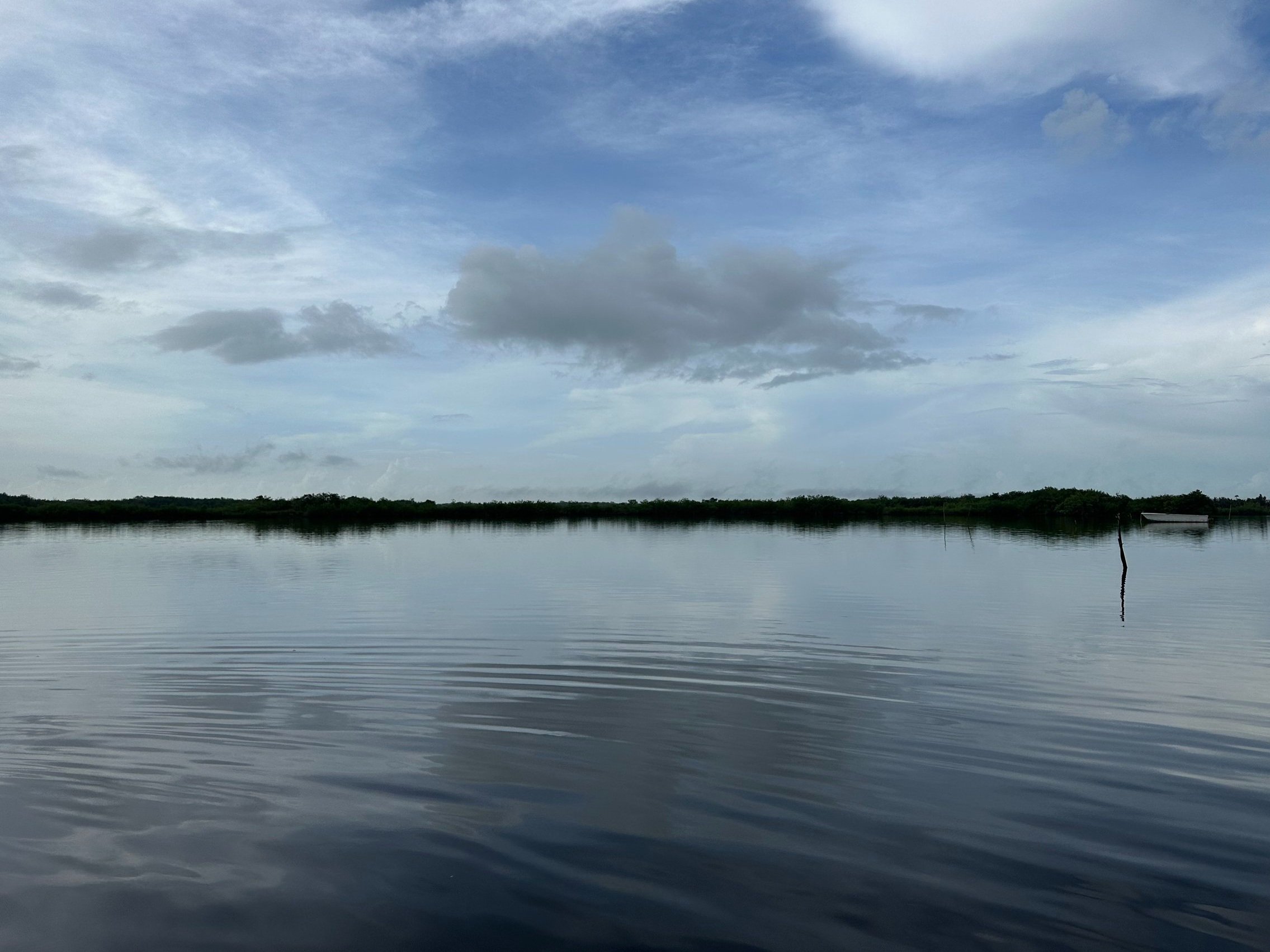
Politics of water at an ancient Maya city
The Aventura Archaeology Project
The Aventura Archaeology Project was founded in 2014 alongside the National Institute for Culture and History, the Institute for Archaeology, and community collaborators in Corozal, Xiabe, and San Joaquín.
A map showing the location of Aventura relative to other ancient Maya sites in northeasten Belize.
Inequality and access to water
A map of Aventura showing the location of important water resources.
My dissertation research at Aventura interrogated how inequality was related to access to water during a time period of regional drought. Through comparing commoner and elite households located near water sources, I found that despite inequality at the city, people of all economic statuses has access to basic needs afforded by water.
I utilized survey to establish the locations of households related to water resources, excavation to identify signs of physical access to those resources, and archaeobotany to reconstruct the ancient environment and determine how much water was present on the landscape in the past. The results of this research have been published in the Journal of Social Archaeology and the Journal of Anthropological Archaeology. Find links to these articles on my publications page!
Beyond nature/culture
Excavations on the edges of water resources, showing how some appear “natural” (left) and some appear modified, or “cultural” (right). These features problematize a nature/culture binary.
While being able to access water is important for biological well-being, it is also important for more metaphysical reasons. In ancient Maya cosmology, water was a key substance for connecting human and nonhuman realms. In my research at Aventura, I found that in addition to being able to physically access water near their homes, commoners and elites alike we able to access the more metaphysical properties of water as well. This was evident by the presence of activities related to ancestor veneration occurring in between households and the water’s edge.
Orthomosaic of a Maya commoner household excavation showing the location of ancestor veneration (star) relative to household architecture (arrows) and a water resource (Bajo 4).
Environmental justice
My overarching goal is to build an archaeology of environmental justice that blends techniques of environmental archaeology with insights from political ecology and Indigenous knowledge. By using empirical data to highlight different ways of relating to the environment outside of capitalist and settler-colonial contexts, my research demonstrates there is nothing “natural” about marginalized people living in marginalized environments; present day environmental injustices are the results of specific historical and political processes. Read more about this in the special issue of The SAA Archaeological Record that I co-guest-edited.




